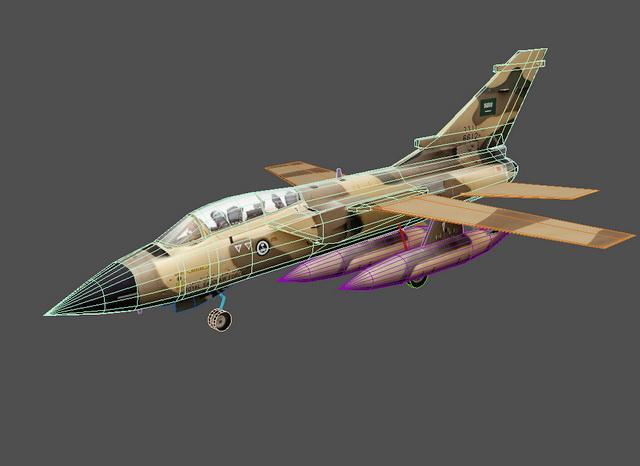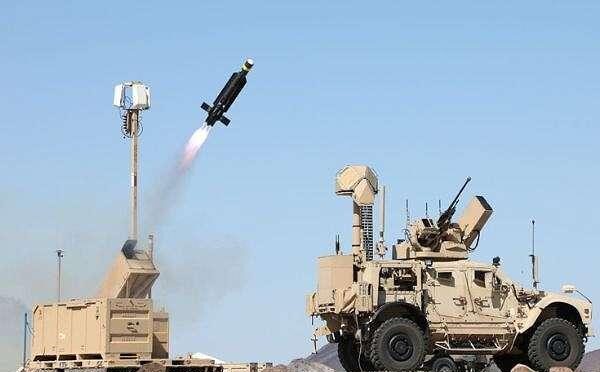3D Printing Tornado Jets into Next-Gen Aircraft Components
Retired Royal Air Force Tornado jets are being repurposed in a groundbreaking initiative that involves grinding down their components and transforming them into new parts for the UK’s next-generation military aircraft. The focus of this endeavor is on high-titanium components, particularly jet engine compressor blades, which have been identified as prime candidates for recycling. These parts have been meticulously cleaned and processed by Additive Manufacturing Solutions (AMS), resulting in 3D-printed compressor blades and a nose cone that have been successfully integrated into an Orpheus small engine prototype.
The innovative engine has already undergone rigorous testing by Rolls-Royce, confirming its safety and suitability for future applications, including the development of the sixth-generation fighter aircraft program. Maria Eagle, the Minister for Defense Procurement and Industry, praised the Tornado 2 Tempest project for showcasing the creativity and innovation within the defense sector, stating, “This approach not only enhances our national security but also supports the domestic defense industry by fostering growth and independence from global supply chains.”
Environmental Impact and Economic Benefits
This initiative represents a significant step towards sustainability, as it not only minimizes environmental waste but also ensures that taxpayer money is used effectively. By recycling surplus military assets that include high-quality steel, aluminum, and titanium, the UK Ministry of Defense aims to produce superior components compared to those made using traditional forging methods. This approach also addresses the critical need to reduce the UK’s dependence on international supply chains, thereby enhancing national security.
Leading the project is the Defence Equipment and Support’s Defence Recycling & Disposals Team, in collaboration with the MoD FCAS team, Rolls-Royce, and AMS based in Lancashire. Robert Higham, Director of AMS, emphasized the importance of this project, stating, “Our tagline, ‘Innovative Solutions for a Sustainable Future,’ reflects our commitment to providing resilient supply solutions. We are grateful to the MoD and Rolls-Royce for the opportunity to implement our ideas into actionable, game-changing processes that embody circular economy principles in defense.”
Future of Defense Technology
The conversion of grounded Tornado jet parts into a demonstrator engine for the Future Combat Air System (FCAS) program is just one of the many strides being made towards modernizing the UK’s military capabilities. This project not only highlights technological advancements but also underscores the collaborative efforts between the government and industry partners to foster innovation. As defense technology evolves, these initiatives pave the way for a more sustainable and self-sufficient military.
By leveraging cutting-edge technologies like 3D printing, the UK is positioning itself to remain competitive in the global defense landscape. The successful implementation of this recycling project could serve as a model for future programs, ensuring that the Armed Forces are equipped with state-of-the-art materials while simultaneously addressing environmental concerns. The UK’s commitment to innovation and sustainability will be crucial as it navigates the challenges of modern warfare.







